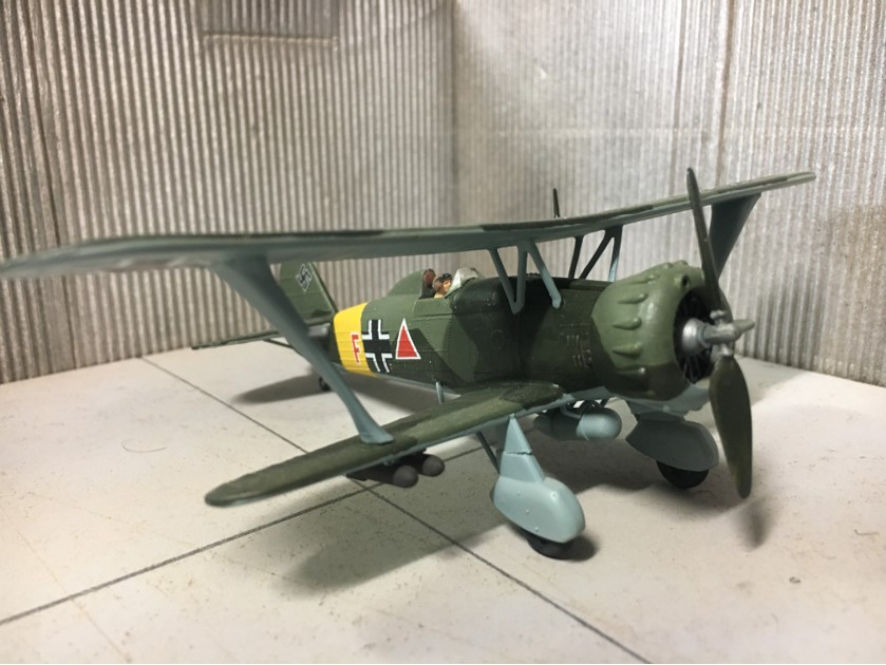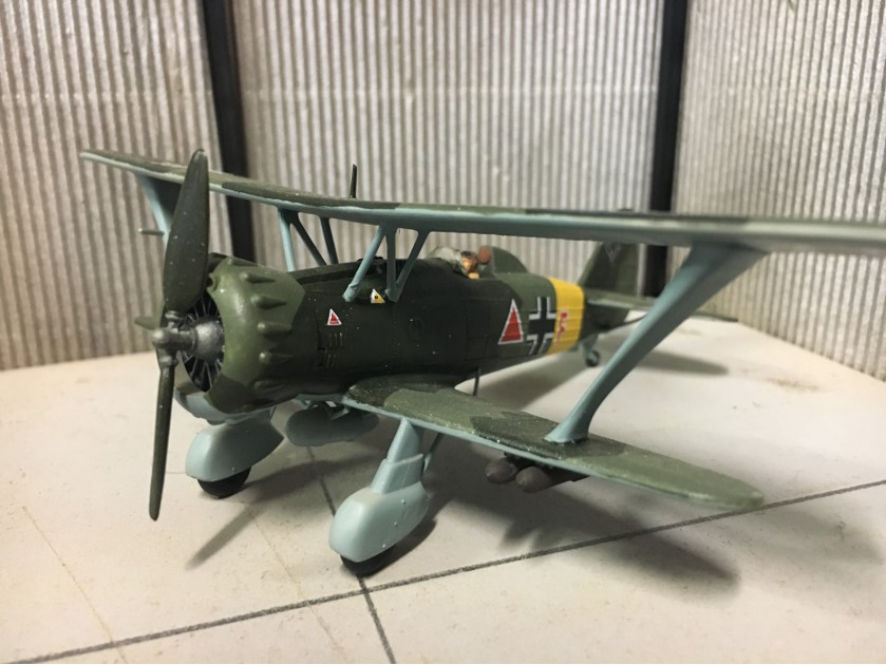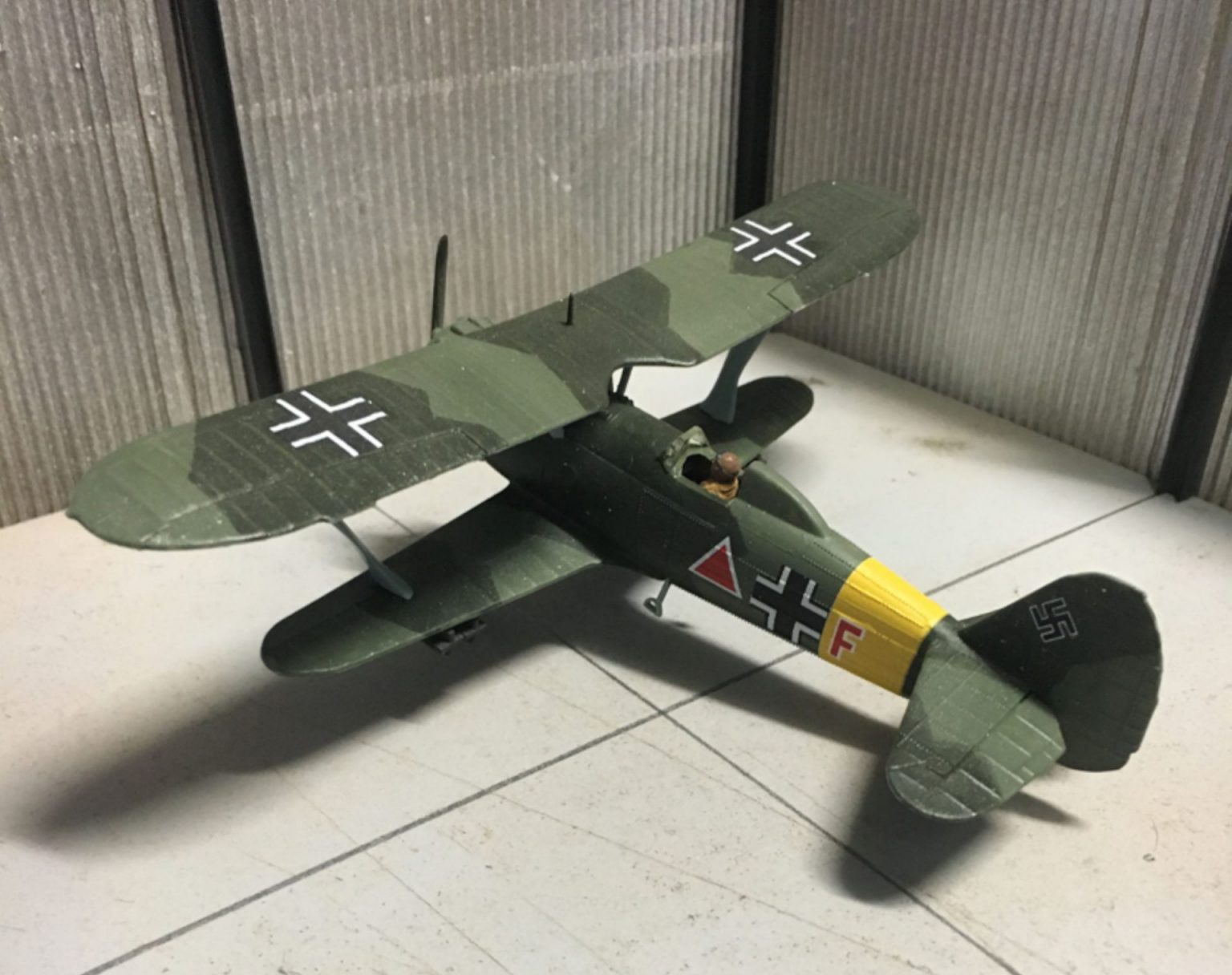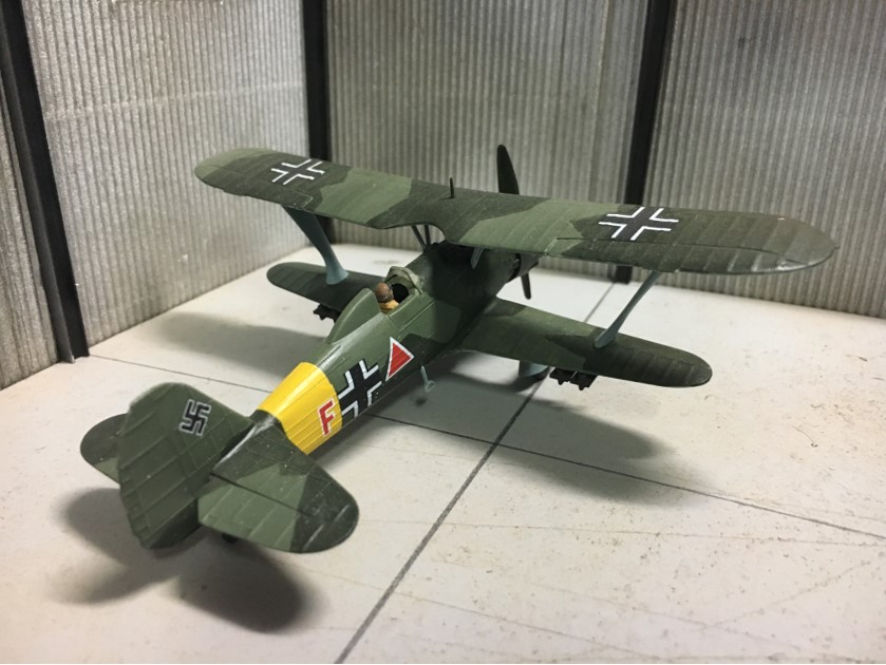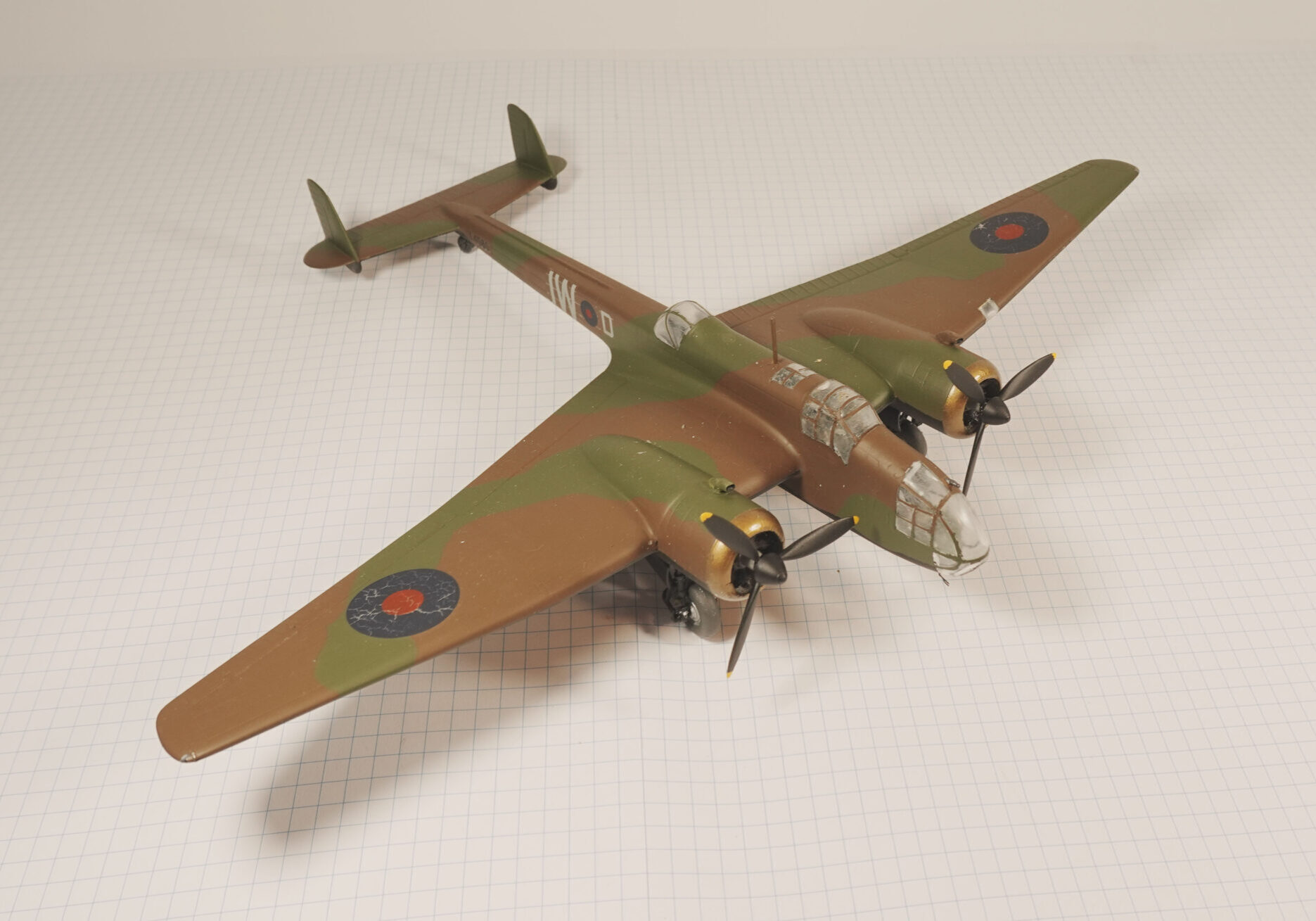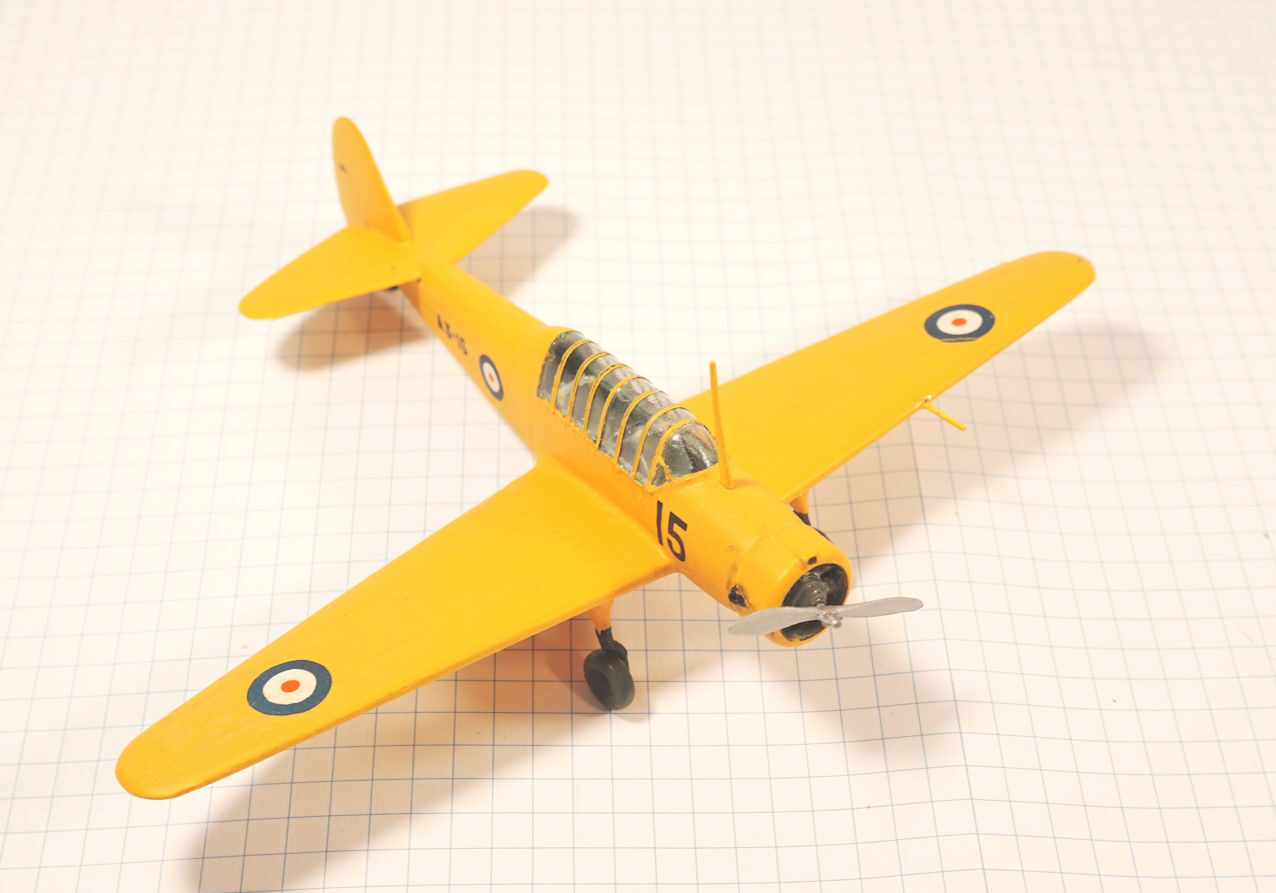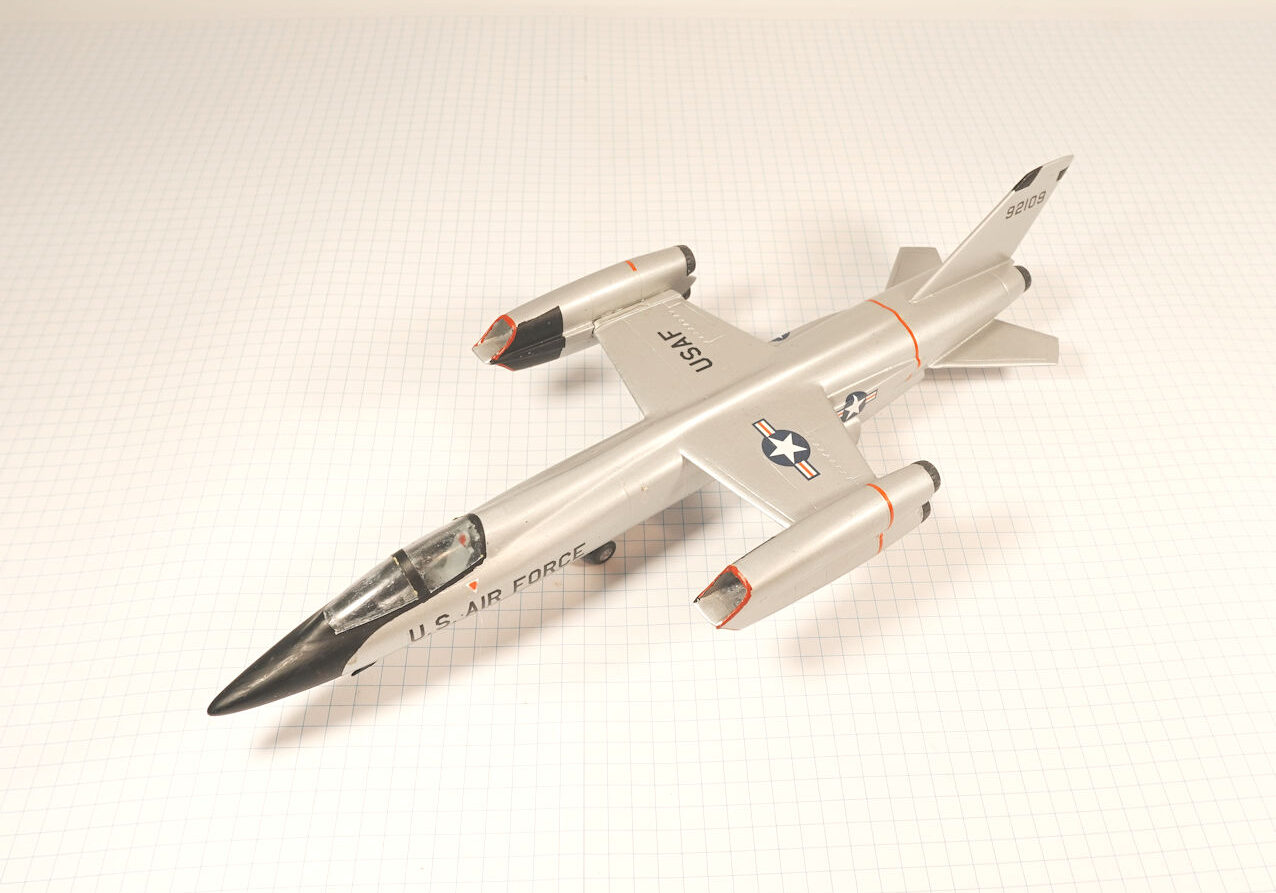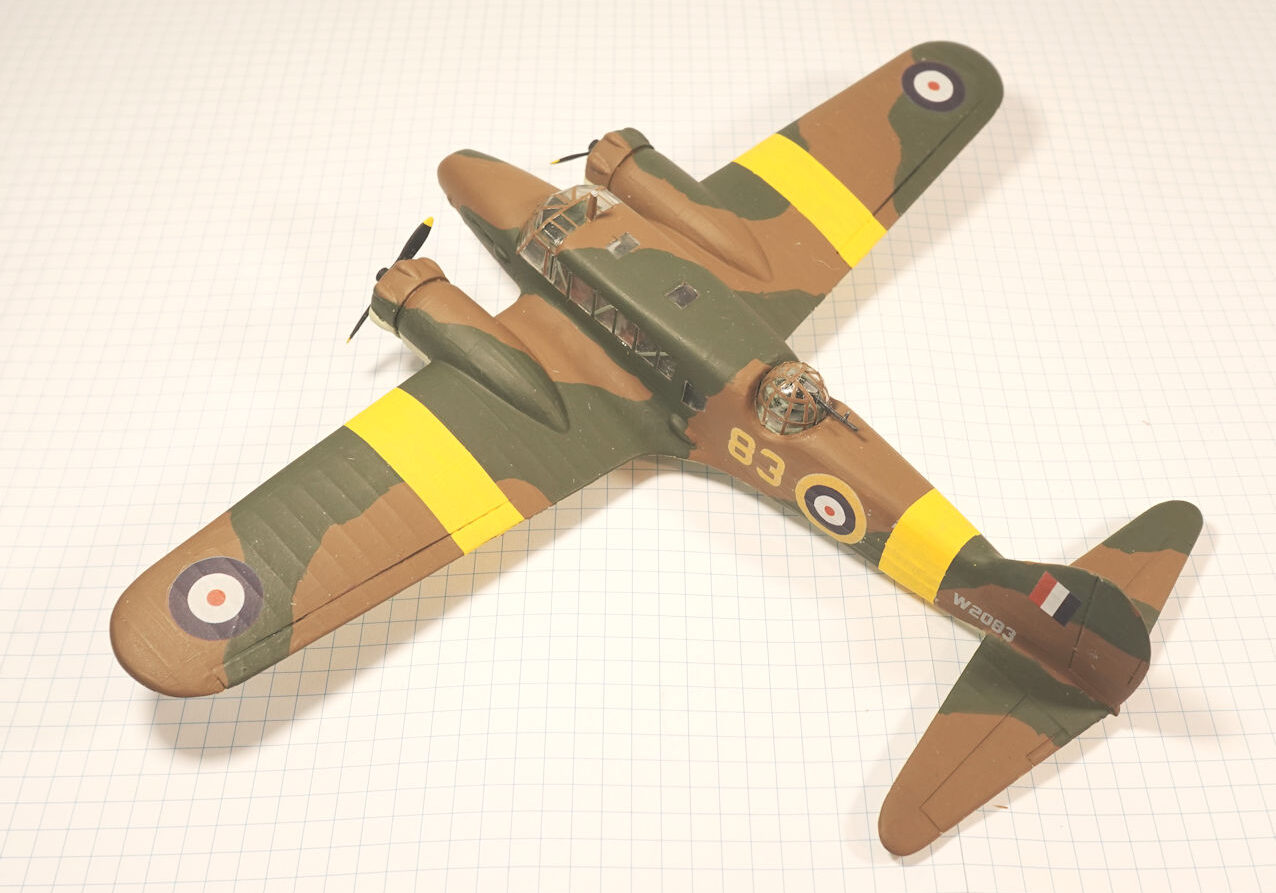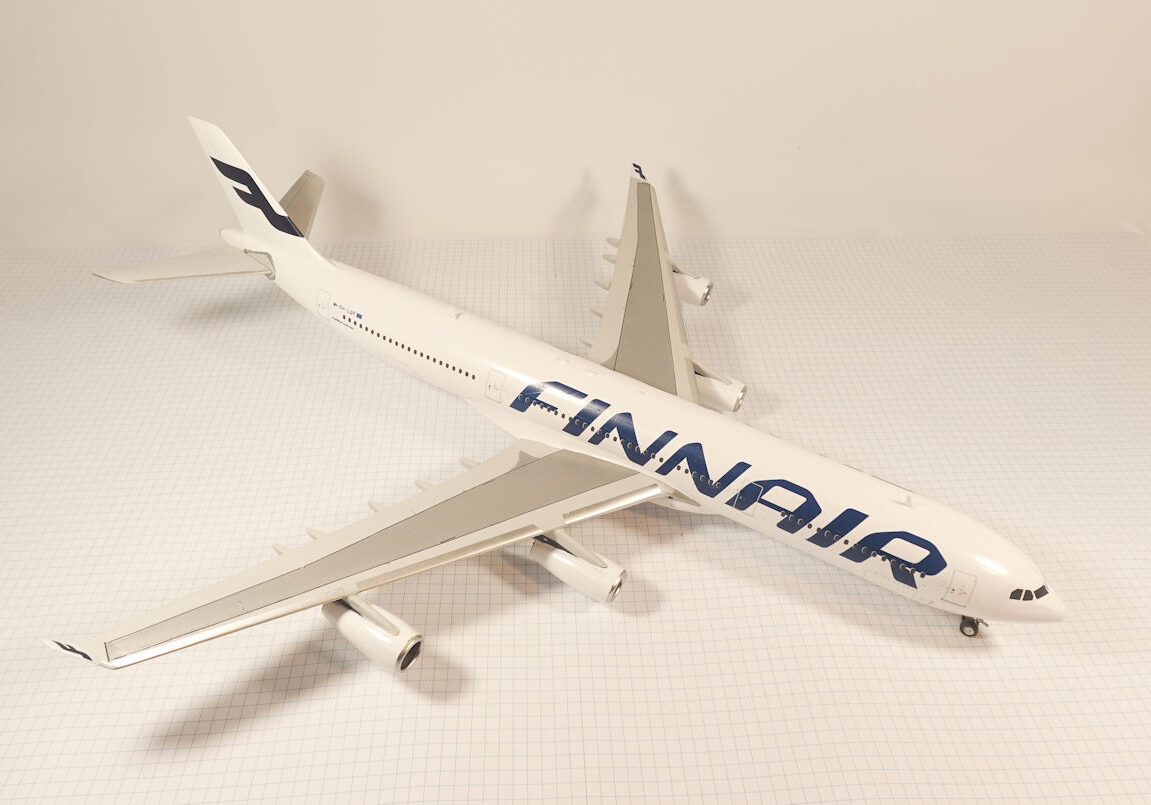History
The Henschel Hs123A was built as a dive bomber for a 1933 requirement for the reforming Luftwaffe. It was a tough and robust biplane that could operate in conditions that would ground more modern aircraft.
The first production example was delivered in 1936 with 250 built. It was intended to be a stopgap until sufficient numbers of Ju87 Stukas were available and was largely replaced by 1937
The aircraft served in the Spanish civil in the close support role.
39 surviving Hs123 participated the invasion in Poland where its ability to operate from rough fields close to the front, easy maintenance and a quick turn around time resulted in it flying more missions per day than other aircraft.
The aircraft continued in service until the fall of France but lacked sufficient range to operate against Britain.
Hs123s served on the Russian front until mid 1944 when the lack of spares forced its retirement. They were exported to Spain and China with the last known flight being in 1956. No aircraft survive.
Airfix 1/72 kit. Completed by Steve Pulbrook in ????
